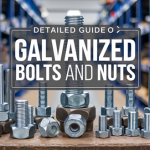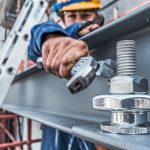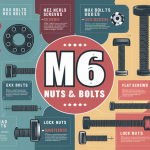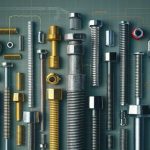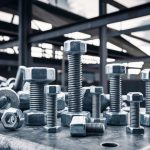Understanding Threaded Bars: A Deep Dive into Threaded Bars
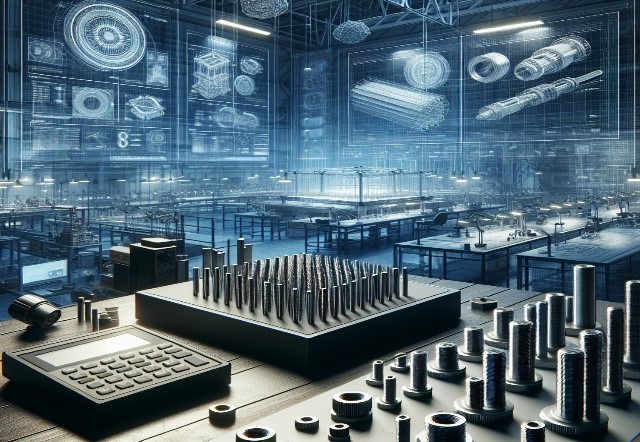
In the vast area of construction, assembling, and industrial uses, threaded rods, commonly known as threaded bars, stand out as a vital component for fastening. These essential elements, distinguished by their threads spreading from top to bottom, offer unmatched adjustability and flexibility. It differentiates them from conventional bolts and screws. Let us know All About Threaded Bars which are also called Threaded Bars, threaded slabs, and screw rods.
What Are Threaded Bars?
Threaded bars today are mostly called threaded rods. They are long metal bars having threads running the length of them. Consider them long bolts or screws that can be adjusted to your size—nuts on their threads secure materials with these versatile fasteners.
Threaded bars provide a customized solution for plumbers mending pipes, builders reinforcing concrete, and home lovers making custom furniture. They come in varying thicknesses, made of steel or stainless steel, and with varied threads to meet different force demands.
The versatility of threaded bars makes them distinctive. These simple rods are essential for many industries due to their adaptability and size.
Read Also: The Advantages Of Using Threaded Bolts
What are the types of threaded bars?
1. Fully Threaded Rods
These are the classic threaded rods – threads covering every inch from end to end. The continuous threading allows you to secure components at all points along the length with nuts and washers. Fully threaded rods are extremely versatile and great for high-strength connections like strengthening concrete structures.
2. Partially Threaded Rods
These rods have threads along only part of their length, with a smooth unthreaded section in the middle. This gives you the fastening power of threads where needed, plus an easily adjustable middle area. Partially threaded rods are ideal for jobs like furniture assembly requiring both fixed and flexible connections.
3. Double-Ended Threaded Rods
This double threading allows you to fasten components securely on both sides. It is perfect for connecting structural elements like beams and columns.
4. Threaded Anchor Rods
Made for heavy-duty anchoring, one end of these rods is threaded to connect to a structure while the other is bent or embedded into concrete. You’ll see anchor rods at work securing just about any major construction project from bridges to retaining walls.
5. All-Thread Rods
Living up to their name, these rods are threaded continuously along their entire length with no breaks. Their impressive tensile strength means all-thread rods can handle demanding jobs like hanging heavy machinery or creating seismic restraints.
6. Bars with Metric Threads
Made for heavy-duty anchoring, one end of these rods is threaded to connect to a structure while the other is bent or embedded into concrete. You’ll see anchor rods at work securing just about any major construction project from bridges to retaining walls.
7. Threaded Galvanized Bars
Living up to their name, these rods are thread continuously along their entire length with no breaks. Their impressive tensile strength means all-thread rods can handle demanding jobs like hanging heavy machinery or creating seismic restraints.
Bottom Line
By knowing all about Threaded Bars your company can make informed decisions personalized to the exceptional demands of your project.
In conclusion, threaded bar manufacturers play a vital role in the construction and manufacturing industries. They produce high-quality threaded bars that are important for man applications. With their proficiency and unconventional manufacturing methods, these manufacturers can meet the increasing demand for threaded bars with durable and reliable solutions to customers.
Read Also:
> Innovations in Threaded Bolts: The Future of Fastening Technology!

